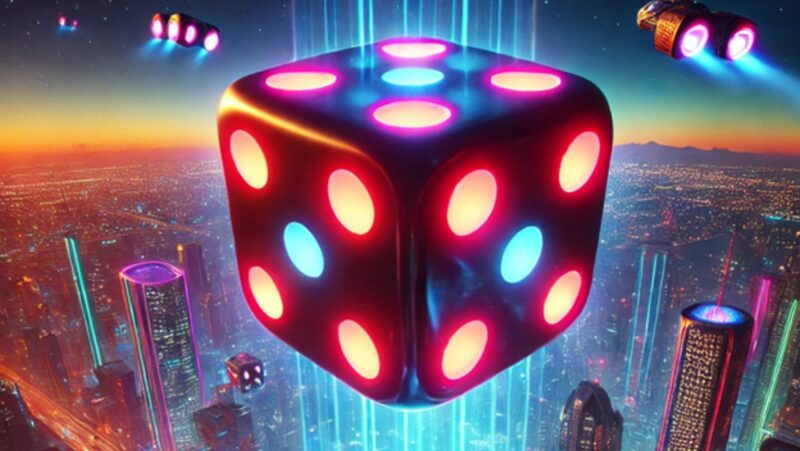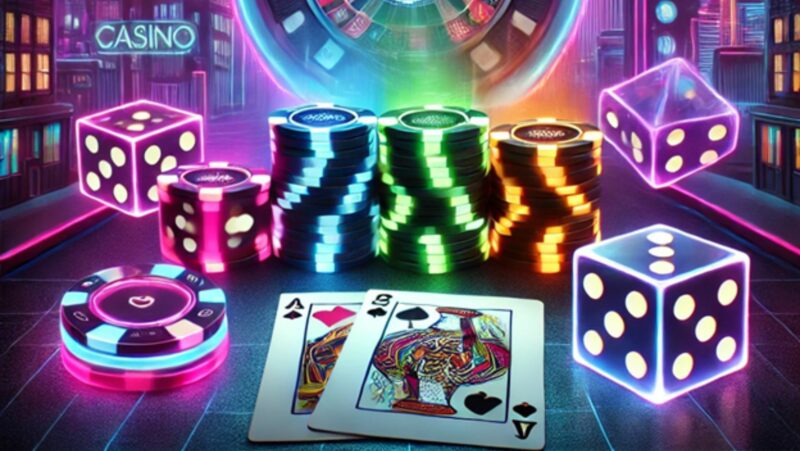Persona 4 Arena Ultimax (Switch)
The sequel to the critically acclaimed Persona 4 Arena, Ultimax features a new cast of characters in an all-new story. While many gameplay changes are made for better balance and pacing, it’s still difficult going from playing Street Fighter V as Ryu or Ken to Matoi Kyoko being at the apex of her abilities.
Persona 4 Arena Ultimax is a fighting game developed by Arc System Works and published by Atlus. The game was released for the PlayStation 3 and Xbox 360 in Japan on September 30, 2012, and in North America on October 3, 2012. It was released for the PlayStation Vita in Japan on December 26, 2013, and in North America on February 10, 2014. The game received an updated version titled Persona 4 Arena Ultimax: The New Challengers which features new playable characters from Persona 4 Golden as well as a story mode that takes place after the events of Persona 4 Golden.
At times, you have to appreciate Atlus’ daring in handling the Persona series. Sure, all Persona games start out as excellent JRPGs, then get an expanded version with extra material, but you have to admire their insane choice to canonically follow up their games with music, Musou, or fighting games. Persona 4 Arena Ultimax is a follow-up to Persona 4 Arena, a fighting game produced as the canonical and official successor to Persona 4’s tremendous success. It’s now been re-released for current platforms, including the Nintendo Switch (a machine that lacks the ability to play P4), so let’s see whether the move went well.
There are no bad emotions between us, bestie.
Before we get into Persona 4 Arena Ultimax, we need to discuss about the company that created it. Arc System Works, the company behind BlazBlue, Dragon Ball FighterZ, and, of course, the Guilty Gear series, is definitely my favorite fighting game producer in the industry. Persona 4 Arena Ultimax seems to be built on the same engine as BlazBlue, with identical aesthetics, controls (albeit simplified to cater to Persona’s RPG-oriented audience), and modes. Having the top fighting game designers in the business handle your Persona sequel is both daring and sensible, and the game shines as a consequence.
Despite having a lot of similarities to BlazBlue, this isn’t a clone of that series. Persona 4 Arena Ultimax has its unique fighting system that is simple to pick up but difficult to master. Your characters may strike normally with their weapons and then call their Personas to inflict more damage and lengthen their combos, all while maintaining a fair level of responsiveness and using a minimal number of buttons. Having a Pro Controller or a third-party Joy-Con with a better analog stick and d-pad is always a good idea, since attempting to do maneuvers with the original Joy-Cons is a test of patience and masochism.
Yu’s ability to communicate in Persona 4 Arena Ultimax proves that quiet characters are boring.
In terms of presentation, this game is more than simply “a BlazBlue clone with Persona characters” in terms of in-game visuals. It has the same fantastic music and voice actors as the original PlayStation 4 game. The menu graphic style seems to have been lifted directly from the Vita/PS2 gem. Finally, in either of its single player modes, every single story-driven chapter has the same high-quality pictures as Persona 4. There are also fully animated sequences, which are fantastic.
Persona 4 Arena Ultimax’s distinguishing features: its two narrative modes, account for the massive volume of conversation sequences and voice acting. They’re the official sequel to Persona 4, and they’re packed with the same high-quality storyline and familiar characters. Sure, a lot of these missions are set out like a visual novel, but they’re never dull. Add in the fact that Yu, the protagonist of Persona 4, can really speak for himself, and you’ve got yourself an even more compelling narrative.
How could I refuse a warrior who takes a shiba inu to a brawl?
The second campaign is a direct sequel to the first, taking place a day after the first concludes. The presence of several returning Persona 3 characters in the narrative is the major lure of this second campaign. As a consequence, Persona 4 Arena Ultimax includes a large number of playable Persona 3 fighters in its rosters, making it seem like a successor to both games, as well as a fanservice-filled love letter to both series’ fans.
However, there is one major flaw in this game, and that is the multiplayer. It’s not horrible in and of itself, but the fact that its internet infrastructure doesn’t allow rollback netcode makes it seem a little antiquated and clunkier than other fighting games on the market. As a consequence, I’d recommend picking up Persona 4 Arena Ultimax for the single-player content instead. Despite the fascinating notion and controls, I honestly don’t think this will become a competitive fighting standard.
Controlling your character and summoning your Persona simultaneously is a lot easier than you would think.
Despite my criticisms, I enjoyed Persona 4 Arena Ultimax. I applaud Atlus for producing a fighting game as the sequel to what I believe to be the finest Persona game ever, complete with precise controls, attractive aesthetics, and, most importantly, a brilliant narrative that will gratify every single Persona fan out there, whether they are fighting game lovers or not. Even if the main game isn’t accessible on the Switch (and I’m not sure if it will ever be), having this fighting game on the move is well worth the money. Is it possible to have a fighting version of Persona 5?
| Even though its sprites sometimes miss a few frames of motion, it looks nice enough, particularly in portable form. The narrative mode of the game is presented in visual novel-style sequences that maintain Persona 4’s high-quality artwork. There are no complaints here. | The combat system in Persona 4 Arena Ultimax is based on BlazBlue, however it’s a little more streamlined and straightforward. For newbies, it’s accessible, but it’s difficult to master. It suffers a little with the Joy-Cons’ terrible design, but despite that, it succeeds well. |
| You’ll recognize the Persona 4 music, as well as a slew of excellent voice acting. I don’t know how I could give it anything less than a ten. | In terms of multiplayer possibilities, it’s not the finest fighting game, but it’s hard to complain when there’s so much single player content. After all, it’s the follow-up to the phenomenal Persona 4. In addition, it’s a fantastic fighting game in its own right. |
| Final Score: 8.5 | |
Persona 4 Arena Ultimax is currently available for download on the PlayStation 3, PlayStation 4, Xbox 360, PC, and Nintendo Switch.
On the Nintendo Switch, the game was played.
The publisher donated a copy of Persona 4 Arena Ultimax.
As an example:
As if Loading…
Look at them!
Persona 4 Arena Ultimax is a fighting game developed by Arc System Works and published by Atlus. The game was released on September 30th, 2014 for the PlayStation 3 and Xbox 360. This post will cover the Switch version of the game. Reference: persona 4 arena vs ultimax.
Frequently Asked Questions
What is the difference between Persona 4 Arena and Persona 4 Arena Ultimax?
A: Persona 4 Arena and Persona 4 Arena Ultimax are two separate games. The series is set in the same universe, but they have different storylines that take place at different points in time. Additionally, while both of these games feature content from the main characters story in Persona 3 and some aspects of their life as a high school student, this game follows a completely new protagonist who goes to college instead.
Who is the best character in Persona 4 Arena Ultimax?
A: Aigis is the best Persona 4 Arena Ultimax character.
Is Persona 4 Arena Ultimax multiplayer?
A: Yes, Persona 4 Arena Ultimax is a multiplayer beat em up fighting game.
Related Tags
- persona 4 arena ultimax switch physical
- persona 4 arena ultimax ps4
- persona 4 arena ultimax steam
- persona 4 arena ultimax remaster
- persona 4 arena ultimax release date








